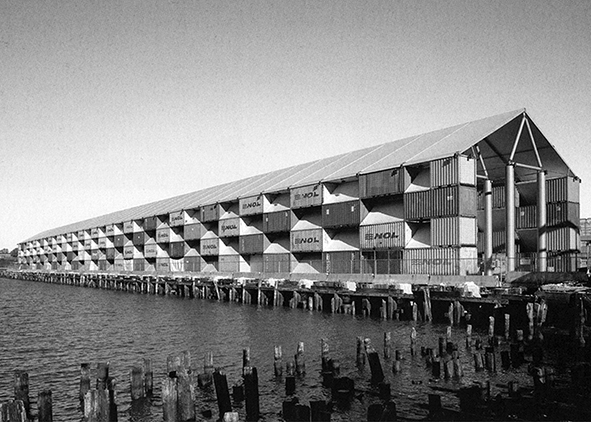Impermanence and Architecture. Ideas, Concepts, Words
DOI:
https://doi.org/10.19229/2464-9309/412018Keywords:
temporality, dynamism, nomadism, information, interactionAbstract
Temporariness, in its different ways of interpretation, is an emerging theme of the contemporary architectural research and raises questions about the effects of new technologies, both tangible and intangible, on ways of conceiving and realizing spaces for contemporary living. In reconsidering the concepts of stability and permanence within the process that establishes a new relationship between architectural space and time, a design approach oriented to the experimentation of innovative solutions and new structures of living is urged, towards a building philosophy in which construction becomes an act of conscious and continuously definable transformation, which arrange the time of technique to the life of man and re-establishes the importance of the temporal dimension as an environmental issue of the project.
Downloads
Article Metrics Graph
References
Banham, R. (1965), “Home is not a house”, in Biraghi, M. (ed.) (2004), Architettura della seconda età della macchina, Electa, Milano, pp. 146-157.
Burkhardt, F. (1999), “Alla scoperta del nuovo nomadismo”, in Domus, n. 814, Editoriale.
Cacciari, M. (2009), La Città, Pazzini Editore, Rimini.
Follesa, S. (2016), “L’abitare nomade in un mondo connesso”, in MD Journal, n. 2, pp. 146-155.
Gausa, M. (1998), Housing – New Alternatives, New Systems, ACTAR, Barcelona.
Gregotti, V. (2000), Diciassette lettere sull’architettura, Laterza, Bari.
Kronenburg, R. (2002), Houses in motion, Wiley Academy, Cichester (GB).
Nardi, G. (2004), “Costruire per l’abitare nel nostro tempo”, in Perriccioli, M. (ed.), Abitare Costruire Tempo, Libreria CLUP, Milano, pp. 50-54.
Sloterdijk, P. (2015), Sfere III – Schiume [orig. ed. Sphären III. Schäume, 2004], Raffaello Cortina Editore, Milano.
Vittoria, E. (2010), “Arte, scienza e cultura tecnologica: appunti per una conversazione”, in Perriccioli, M. (ed.), L’officina del pensiero tecnologico, Alinea Editrice, Firenze, pp. 214-239.

Downloads
Published
How to Cite
Issue
Section
License
This Journal is published under Creative Commons Attribution Licence 4.0 (CC-BY).
License scheme | Legal code
This License allows anyone to:
Share: copy and redistribute the material in any medium or format.
Adapt: remix, transform, and build upon the material for any purpose, even commercially.
Under the following terms
Attribution: Users must give appropriate credit, provide a link to the license, and indicate if changes were made; users may do so in any reasonable manner, but not in any way that suggests the licensor endorses them or their use.
No additional restrictions: Users may not apply legal terms or technological measures that legally restrict others from doing anything the license permits.
Notices
Users do not have to comply with the license for elements of the material in the public domain or where your use is permitted by an applicable exception or limitation.
No warranties are given. The license may not give users all of the permissions necessary for their intended use. For example, other rights such as publicity, privacy, or moral rights may limit how you use the material.


















































































